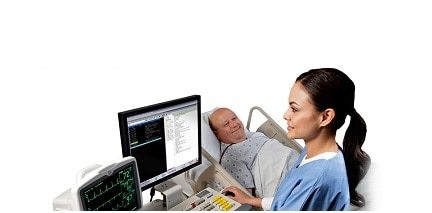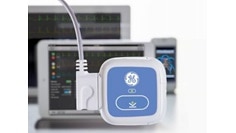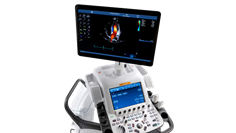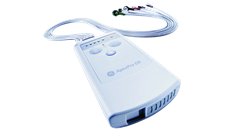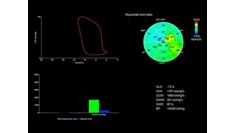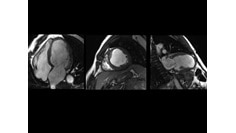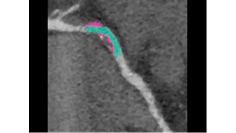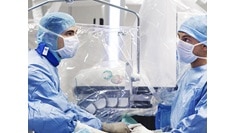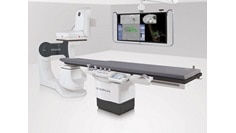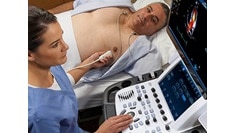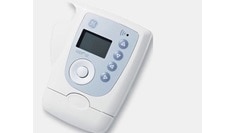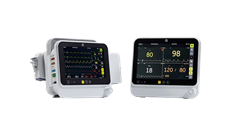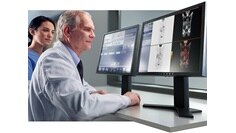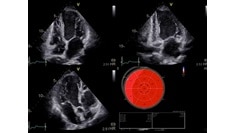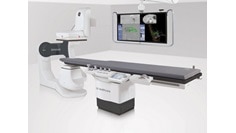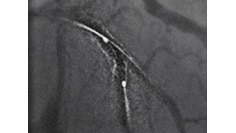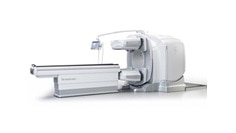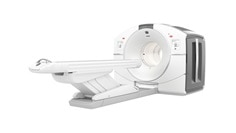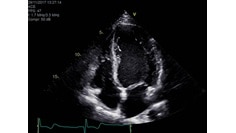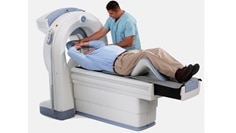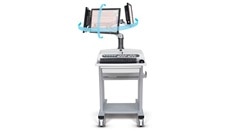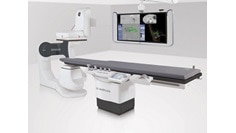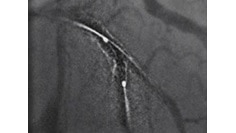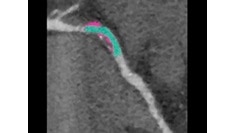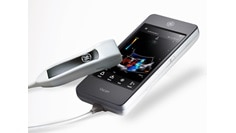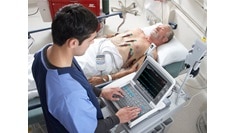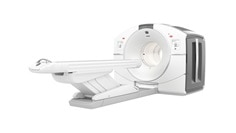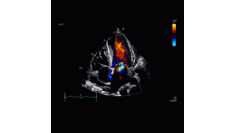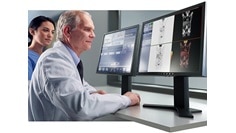Among symptomatic patients with medically treated moderate-to-severe aortic stenosis, mortality from the onset of symptoms is approximately 25 percent at one year and 50 percent at two years.1 GE Healthcare Cardiology Solutions help you make decisions that matter for your patients, staff and hospital.
Time is critical for AS patients who present with significant cardiac issues. GE’s Cardiovascular IT and Diagnostic Cardiology solutions can provide insights throughout the cardiology care pathway to help improve clinical decisions and outcomes.
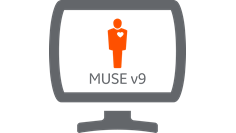 MUSE™ ECG Management
Helps speed the decision process with measurements and analysis tools to support cardiac care. Read More
MUSE™ ECG Management
Helps speed the decision process with measurements and analysis tools to support cardiac care. Read More
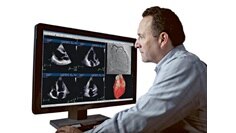 Centricity™ Cardio Enterprise2
Contains components that include structured data and native ACC NCDR® ICD registry module. Read More
Centricity™ Cardio Enterprise2
Contains components that include structured data and native ACC NCDR® ICD registry module. Read More
Early Detection
Due to the high mortality rates by the time patients are symptomatic, it is important to identify patients at risk, even when they are asymptomatic. Echocardiography can identify issues or abnormalities related to Aortic Valve structure and function.3
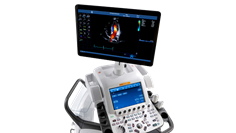 Vivid™ E95
Automated Ejection Fraction and LV wall motion quantification. Read More
Vivid™ E95
Automated Ejection Fraction and LV wall motion quantification. Read More
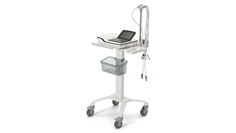 MAC resting ECG carts
MAC resting ECG carts
with 12SL™ Analysis
Decision support and predictive outcomes plus improved sensitivity through gender specific interpretation. Read More
Diagnosis
Diagnosis involves assessment of valve morphology, amount of stenosis or insufficiency, LV function, LV hypertrophy, and severity of symptoms. For patients with Aortic Stenosis, there are surgical and catheterization treatment options in addition to medical or palliative care. A risk calculator is typically used to quantify the risk and make a treatment decision.
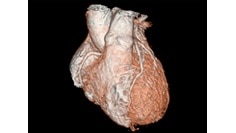 SIGNA™ Works CV Imaging & Analysis Tools
One non-invasive CMR exam to assess cardiac morphology, function, flow, tissue viability and coronary anatomy without ionizing radiation. Read More
SIGNA™ Works CV Imaging & Analysis Tools
One non-invasive CMR exam to assess cardiac morphology, function, flow, tissue viability and coronary anatomy without ionizing radiation. Read More
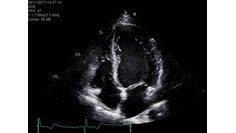 Vivid™ E95
Semi-automated 3D valve assessment. Read More
Vivid™ E95
Semi-automated 3D valve assessment. Read More
Pre-Procedure Planning
For patients choosing a transcatheter replacement, non-invasive cardiovascular imaging, such as Ultrasound, CT, and MR are typically used to assess anatomy to plan the access site and size the valve.
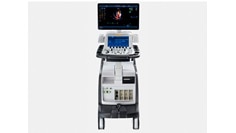 Vivid™ 4D
4D acquisition, navigation and quantification to enhance procedure planning. Read More
Vivid™ 4D
4D acquisition, navigation and quantification to enhance procedure planning. Read More
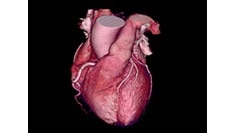 Revolution™ CT & Cardiographe3
Achieve one-beat, whole heart acquisition for imaging or comprehensive cardiac assessment with or without beta blockers at any heart rate.4 Read More
Revolution™ CT & Cardiographe3
Achieve one-beat, whole heart acquisition for imaging or comprehensive cardiac assessment with or without beta blockers at any heart rate.4 Read More
 SIGNA™ Works CV Imaging & Analysis Tools
One non-invasive CMR exam to assess cardiac morphology, function, flow, tissue viability and coronary anatomy without ionizing radiation. Read More
SIGNA™ Works CV Imaging & Analysis Tools
One non-invasive CMR exam to assess cardiac morphology, function, flow, tissue viability and coronary anatomy without ionizing radiation. Read More
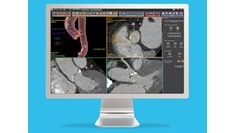 AW TAVI Analysis
Integrated cardiology application for sizing, planning and visualization. Read More
AW TAVI Analysis
Integrated cardiology application for sizing, planning and visualization. Read More
Intervention
During the transcatheter aortic valve replacement, steps are taken to ensure the most effective result, including valve sizing, position, and function are optimal.
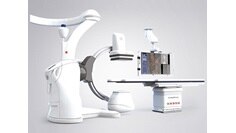 Discovery™ IGS 7 OR
High-quality imaging and work-place freedom for the Hybrid OR. Read More
Discovery™ IGS 7 OR
High-quality imaging and work-place freedom for the Hybrid OR. Read More
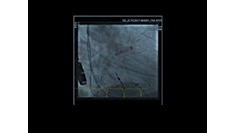 VALVE ASSIST5
Interventional imaging software to plan, guide and assess valve placement. Read More
VALVE ASSIST5
Interventional imaging software to plan, guide and assess valve placement. Read More
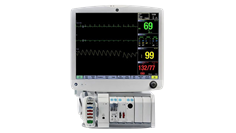 CARESCAPE™ Monitoring Portfolio
Diagnostic quality of 12SL™ analysis and initial interpretation, along with two-way integration to the MUSE™ cardiology information system for fast, validated access to patient’s 12SL history & serial comparison. Read More
CARESCAPE™ Monitoring Portfolio
Diagnostic quality of 12SL™ analysis and initial interpretation, along with two-way integration to the MUSE™ cardiology information system for fast, validated access to patient’s 12SL history & serial comparison. Read More
Patient Follow-Up
After the procedure, care is taken to ensure functionality of the valve typically using non-invasive imaging and ECG.
 Vivid™ E95 and EchoPac™ Software Only
Perform post-processing offline—even multi-dimensional analyses—on images that retain the same excellent quality as those originally acquired and viewed on the ultrasound system. Read More
Vivid™ E95 and EchoPac™ Software Only
Perform post-processing offline—even multi-dimensional analyses—on images that retain the same excellent quality as those originally acquired and viewed on the ultrasound system. Read More
 MAC resting ECG carts
MAC resting ECG carts
with 12SL™ Analysis
Decision support and predictive outcomes plus improved sensitivity through gender specific interpretation. Read More
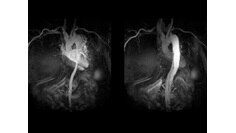 SIGNA™ Works CV Imaging & Analysis Tools
One non-invasive CMR exam to assess cardiac morphology, function, flow, tissue viability and coronary anatomy without ionizing radiation. Read More
SIGNA™ Works CV Imaging & Analysis Tools
One non-invasive CMR exam to assess cardiac morphology, function, flow, tissue viability and coronary anatomy without ionizing radiation. Read More
 Revolution™ CT & Cardiographe3
Achieve one-beat, whole heart acquisition for imaging or comprehensive cardiac assessment with or without beta blockers at any heart rate.4 Read More
Revolution™ CT & Cardiographe3
Achieve one-beat, whole heart acquisition for imaging or comprehensive cardiac assessment with or without beta blockers at any heart rate.4 Read More
ACC NCDR® is a registered trademark of American College of Cardiology’s National Cardiovascular Database Registry (NCDR)
Aortic Stenosis Sources:
- https://emedicine.medscape.com/article/150638-overview
- Centricity Cardio Enterprise is comprised of Centricity Universal Viewer and Centricity Cardio Workflow.
- Cardiographe is the only dedicated cardiology CT on the market.
- GE World Class Cardiac CT PPTX, 2017, slide 26 and https://www.gehealthcare.com/products/computed-tomography/revolution-family/revolution-ct, Smart Cardiac section.
- Valve ASSIST 2 is a commercial package which includes TAVI Analysis + HeartVision 2 and requires AW workstation with Volume Viewer, Volume Viewer Interventional. These applications are sold separately



